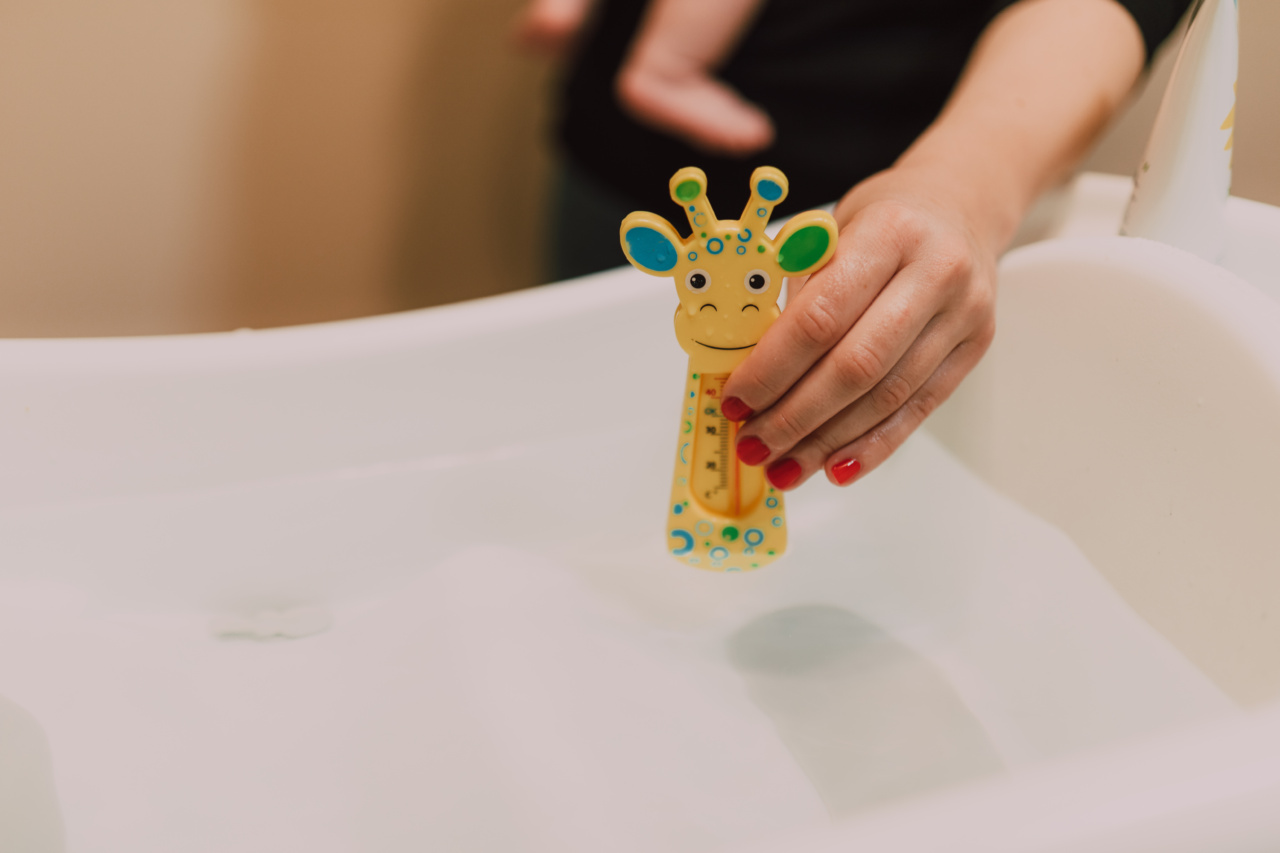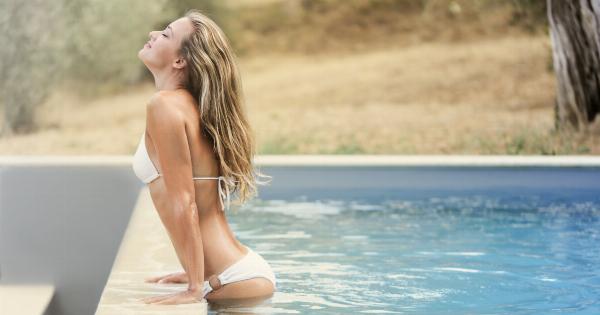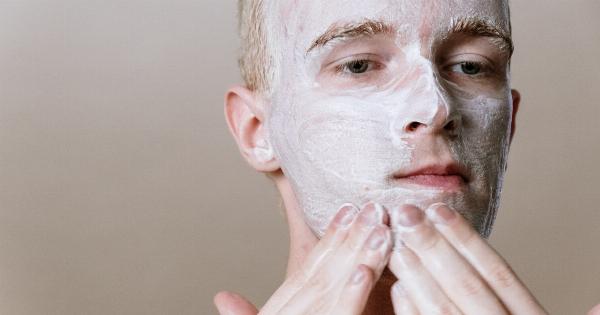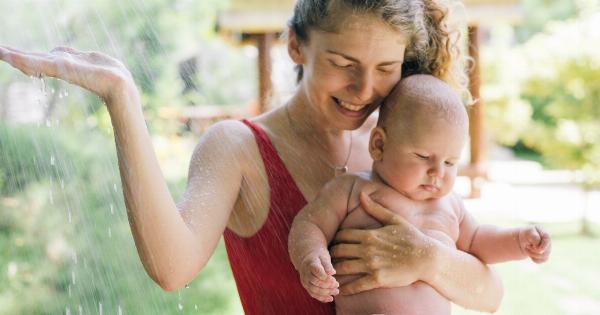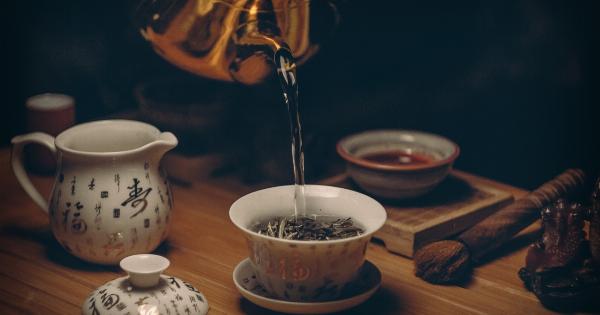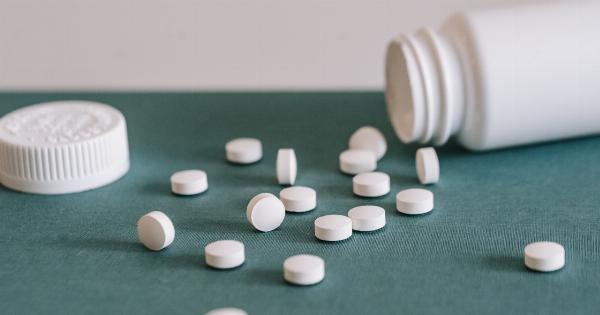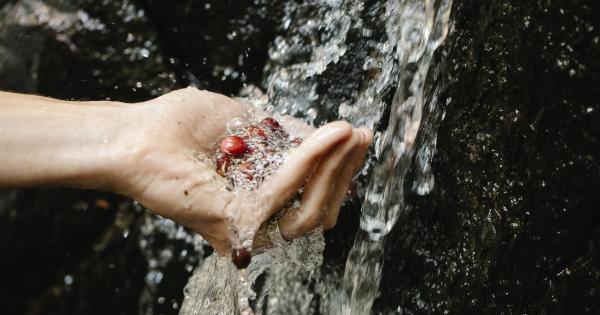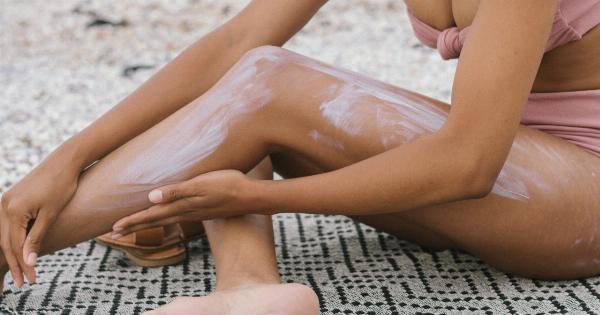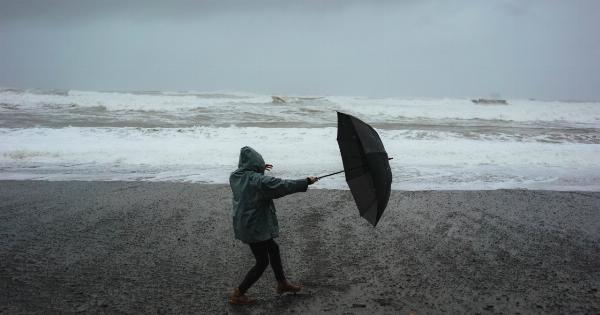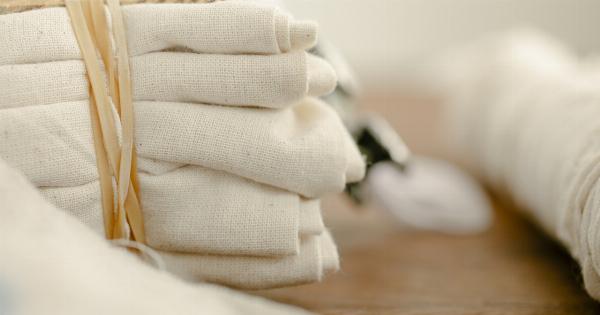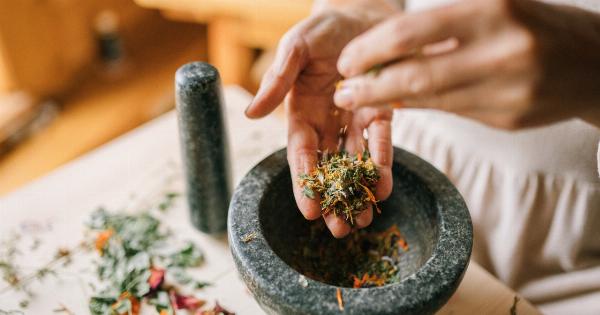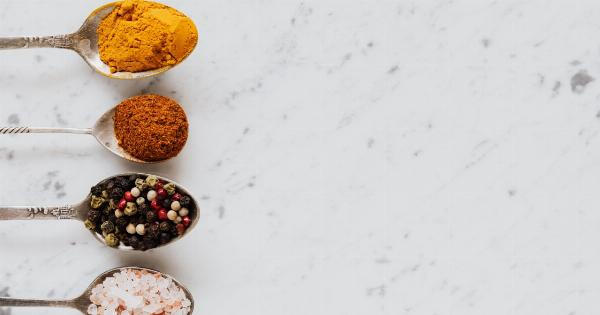When it comes to maintaining hygiene, water temperature plays a crucial role in eliminating harmful germs and bacteria.
But what exactly is the temperature threshold at which these microorganisms cannot survive? In this article, we will explore the various temperatures at which germs in water start to be neutralized, ensuring our health and safety. Let’s dive in!.
Understanding Germs and Bacteria
Before we delve into the specific temperatures that can kill germs in water, it is essential to understand the nature of these microorganisms.
Germs, or pathogens, encompass various types of bacteria, viruses, and fungi that can cause illnesses and infections. While some germs are harmless, others can pose significant health risks if ingested through contaminated water.
Temperature and Microbial Growth
Water temperature is pivotal in regulating the growth and survival of germs. Microbial growth refers to the rapid multiplication of these organisms.
Different categories of germs thrive in specific temperature ranges, with some temperatures being more conducive to their growth than others.
Cold Water and Germs
While cold water may feel refreshing, it does not necessarily eliminate or kill germs. Rather, cold water tends to inhibit microbial growth and can temporarily slow down their reproduction.
However, cold temperatures alone cannot eradicate germs entirely.
Room Temperature Water and Germs
Room temperature water generally falls between 20 to 25 degrees Celsius (68 to 77 degrees Fahrenheit). At these temperatures, most germs can survive. In fact, some may even thrive and multiply rapidly.
Therefore, drinking untreated room temperature water carries a risk of ingesting harmful bacteria and viruses.
Warm Water and Germs
As we increase the temperature of water, we begin to create a hostile environment for germs. Warm water, usually ranging from 30 to 45 degrees Celsius (86 to 113 degrees Fahrenheit), accelerates the metabolic processes of microorganisms.
This increased metabolic activity eventually takes a toll on their stability and survival.
Hot Water and Germs
When it comes to killing germs, hot water is highly effective. Water that reaches temperatures around 50 to 70 degrees Celsius (122 to 158 degrees Fahrenheit) can rapidly neutralize a wide range of germs.
At these temperatures, chemical reactions occur within the cellular structures of bacteria and viruses, causing irreparable damage and subsequent death.
Boiling Water and Germs
Boiling water is a tried and tested method for sterilization.
As water reaches its boiling point, which is 100 degrees Celsius (212 degrees Fahrenheit) at sea level, it effectively kills almost all forms of germs, including bacteria, viruses, and parasites. Boiling water for at least one minute is generally sufficient for most scenarios.
Extreme Heat and Germs
Exposing water to extreme heat, such as steam or autoclaving, provides the highest level of germ eradication. These methods are commonly utilized in healthcare settings and laboratories to ensure complete sterilization.
Extreme heat reaches temperatures above the boiling point and effectively annihilates even the most resilient germs.
Factors Affecting Germ Susceptibility
While temperature is a critical factor in killing germs, other variables can impact their susceptibility to heat. Some essential factors to consider include:.
- Time: The longer the exposure to a specific temperature, the higher the chance of germ inactivation.
- Type of germ: Different types of germs have diverse structures and compositions, leading to variations in their susceptibility to heat.
- Water purity: The presence of impurities or organic matter in water can affect the effectiveness of heat treatment.
- pH level: The acidity or alkalinity of water can influence the survival of germs at different temperatures.
Conclusion
Ensuring the water we consume is free from harmful germs is crucial for maintaining good health.
While cold and room temperature water provide temporary inhibition of microbial growth, it is warm, hot, and boiling water that significantly contribute to the elimination of germs. For the most thorough germ eradication, subjecting water to extreme heat methods like steam or autoclaving is ideal.
Remember to consider factors such as time, germ type, water purity, and pH level when using temperature as a tool to neutralize germs in water.
